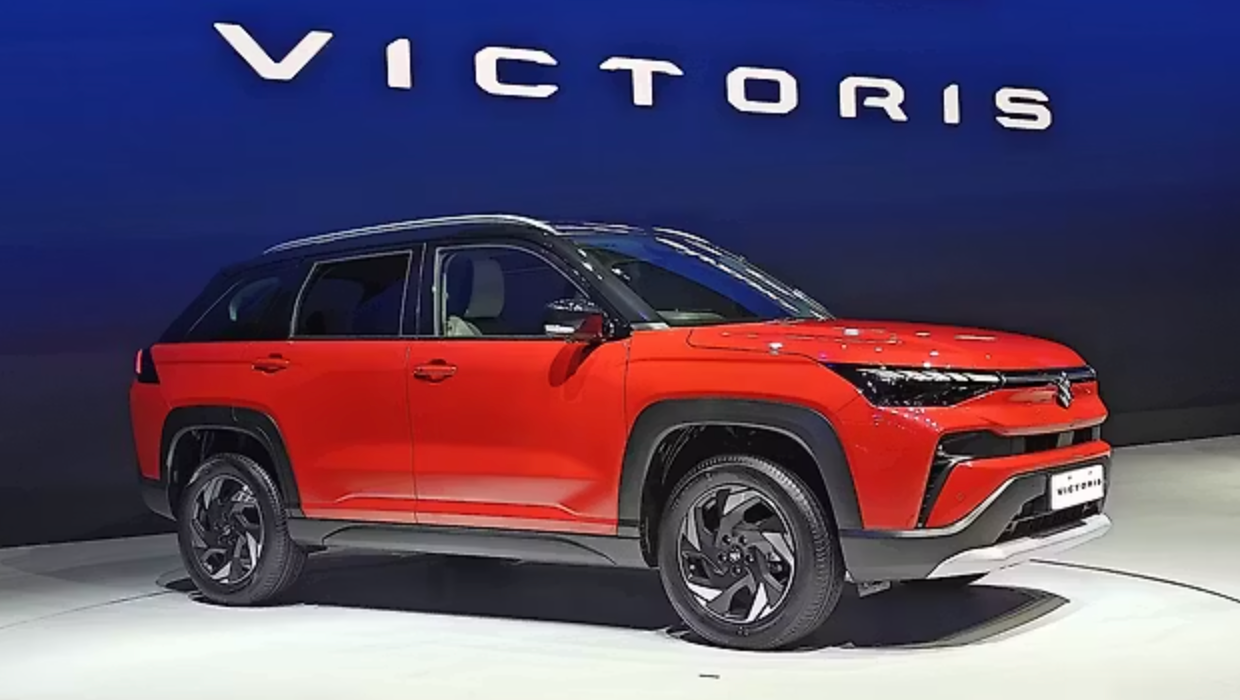Choosing the right electric vehicle (EV) goes beyond just price and features. Charging times play a crucial role in everyday usability, impacting how often and how long you’ll be tethered to a charging station. In this comprehensive comparison, we delve into the charging times of Tata’s two popular electric SUVs, the Tiago EV and the Nexon EV.

Battery Specs and Testing Methodology
The Tata Tiago EV, the brand’s most affordable electric offering, comes in two battery pack options: 19.2 kWh and 24 kWh. This comparison focuses on the larger 24 kWh Long Range (LR) variant. On the other hand, the Nexon EV, Tata’s flagship electric SUV, boasts two battery pack options as well: 30 kWh and 40.5 kWh. Here, we’ll be analyzing the charging times of the more powerful 40.5 kWh LR variant.
Important Note: While both vehicles were tested at the same charging station, the testing periods differed by a year (June 2023 for Tiago EV and June 2024 for Nexon EV). Nevertheless, testing occurred during similar summer months, minimizing the impact of weather variations.
Decoding the Charging Time Data: A Minute-by-Minute Breakdown
To offer a detailed picture of charging efficiency, we’ve compiled a table showcasing the charging time taken by both EVs for every 10% increment, from 15% to 100%.
| Percentage Range | Tata Tiago EV LR (Charging Time) | Tata Nexon EV LR (Charging Time) |
|---|---|---|
| 15-20% | 4 minutes | 5 minutes |
| 20-30% | 8 minutes | 9 minutes |
| 30-40% | 8 minutes | 9 minutes |
| 40-50% | 8 minutes | 8 minutes |
| 50-60% | 8 minutes | 9 minutes |
| 60-70% | 8 minutes | 8 minutes |
| 70-80% | 9 minutes | 11 minutes |
| 80-85% | 4 minutes | 6 minutes |
| 85-90% | 5 minutes | 6 minutes |
| 90-95% | 7 minutes | 11 minutes |
| 95-100% | 26 minutes | 31 minutes |
Total Charging Time:
- Tata Tiago EV LR: 1 hour and 35 minutes
- Tata Nexon EV LR: 1 hour and 53 minutes
Key Observations and Takeaways
Consistent Charging for Tiago EV, Fluctuations for Nexon EV:
The Tiago EV exhibits a remarkable consistency in its charging speed. It maintains a steady 8 minutes for every 10% increment up to the 70% mark. Afterward, there’s a slight increase to 9 minutes for the 70-80% charge.
On the other hand, the Nexon EV’s charging speed fluctuates slightly throughout the process. While it falls within the 8-11 minute range for most increments up to 80%, the inconsistency might be noticeable to some users.
The Final Stretch: Filling the Last 20%
Both EVs exhibit a significant slowdown when reaching the last 20% of charge. However, the slowdown is more pronounced with the Nexon EV. The Tiago EV takes 26 minutes to complete the final stretch from 80% to 100%, while the Nexon EV requires a longer 31 minutes. This additional time can be attributed to the Nexon EV’s larger battery pack.
Overall Charging Time Difference:
Despite the larger battery pack, the overall charging time difference between the two EVs is surprisingly small. The Nexon EV takes just 18 minutes longer than the Tiago EV to reach a full charge. This is a relatively minor difference, considering the Nexon EV’s battery capacity is almost double that of the Tiago EV.
Unveiling the Charging Speed: Decoding the kW Ratings
Advertised vs. Real-World Charging Speeds:
Both the Tiago EV and Nexon EV advertise support for DC fast charging. The Tiago EV boasts a maximum DC fast charging capacity of 25 kW, while the Nexon EV claims support for up to 50 kW.
FAQs:
Q: Which Tata EV charges faster, the Tiago or the Nexon?
A: The Tiago EV exhibits a more consistent charging speed, reaching an 80% charge slightly faster than the Nexon EV. However, the overall charging time difference for a full charge is minimal.
Q: Does the Nexon EV’s larger battery significantly impact charging time?
A: While the Nexon EV takes longer to fill its larger battery, the charging time difference is surprisingly small compared to the Tiago EV. This is because both vehicles experience a slowdown in charging speed during the final stages.
Q: Is the advertised DC fast charging speed always achieved?
A: Real-world testing revealed that both EVs achieved charging speeds slightly lower than their advertised maximum capacities. However, the charging speed remained efficient, especially for reaching an 80% charge for daily commutes.




